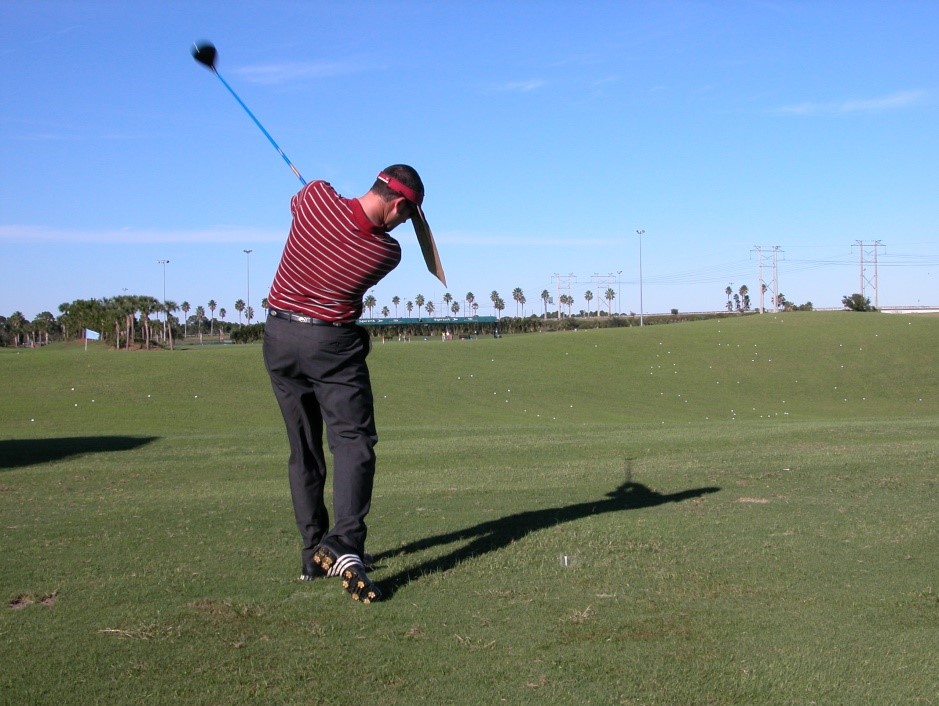Duane: The Last Episode

By Dr. T. J. Tomasi, Keiser University College of Golf Senior Faculty and Director of Research
In previous articles, I recounted the story of Duane, a student whose problem is so common that I use it in these pages to help you to learn golf. As you may recall, Duane’s major problem was that he had no blueprint for the swing changes he wanted to make, so he constantly tinkered with his swing, trying every tip that floated by. As I do for those students who need swing construction, I gave him a blueprint of the technique and broke it down into manageable chunks. I encouraged him to repeat each chunk, one by one, separated by an incubation period until his brain had enough information to knit all the pieces together into a home-based golf swing. Some think this is the long way home, but it is actually the short route to learning a golf swing. I would be remiss if I did not tell you one more thing I asked Duane to do – and it is by far the hardest part of the learning process – at certain points along the way, ignore ball flight. Here is the rule: When you’re learning the pieces of your swing, don’t let the ball be your master.
The Tyranny of Ball Flight
When the ball is your master, you make changes after every bad shot. Instead of returning to the template and repeating it exactly, you tinker in order to hit the next shot better. In a typical profile, you hit two good shots and make no changes; then the third shot slices, so you adjust your grip – and the fourth shot is too high, so you move the ball back – the fifth shot is good, but you have no idea why – then you pull the sixth, so you adjust your aim – and so it goes until all the balls in your basket are gone and so is your swing – no motor template can survive so many random changes. This is what I mean when I caution you against letting the ball be your master – it can ruin your ability to learn golf.

This young professional player is working on releasing the club so it matches his shoulder plane. While he is learning this swing piece, I don’t want him to be influenced by the ball flight, and wearing the long-billed hat I designed called the “no-see-um” does the trick – he can’t see the ball after he hits it. As soon as he learns the feeling of this move, the hat comes off.
Match the Model
So here is the rule: When you’re learning a new “swing piece,” your evaluation system should be how well you match the blueprint of the task, not how good the shot is. Once you have your blueprint in place, you can troubleshoot your swing on the basis of ball flight. In this case, however, ball flight is your servant, not your master.
Sleep on It
And lastly, my recommendation to Duane (and to you) is to write down the essentials of the task you wish to learn and read them before sleep. Matthew Walker, a neuroscientist at Harvard University, believes that if used correctly, sleep can be put to work to boost the performance of athletes, musicians, and doctors learning new surgical techniques – so I asked Duane to sleep on it. As we have seen in this series, the most direct route to learning the golf swing is to follow the laws of motor learning. Why? Because no amount of talent will overcome a deficiency in the human learning protocol. Once I explained this to Duane, he vowed that he would give his brain a chance to work its magic. Duane is now a happy golfer living and playing great golf in Port St. Lucie, Florida.
Learn more!
Want more tips? If you want to take your game to the next level, contact our team at Keiser University’s College of Golf & Sport Management today. With our dedication and experience, together, we can elevate your game to new heights. Give us a call today at 888-355-4465.














